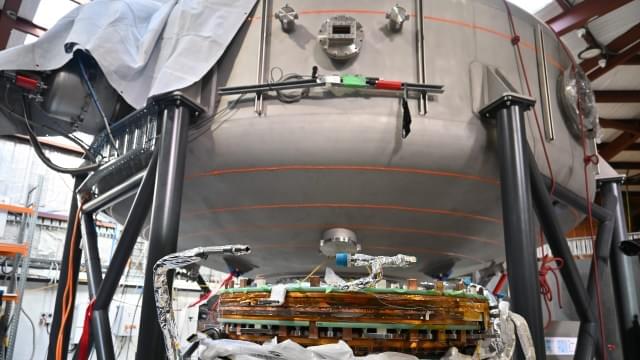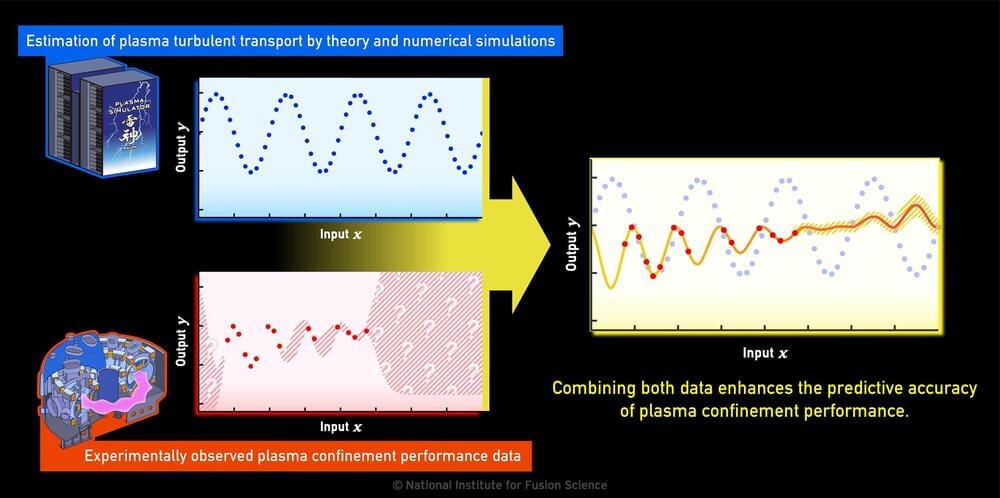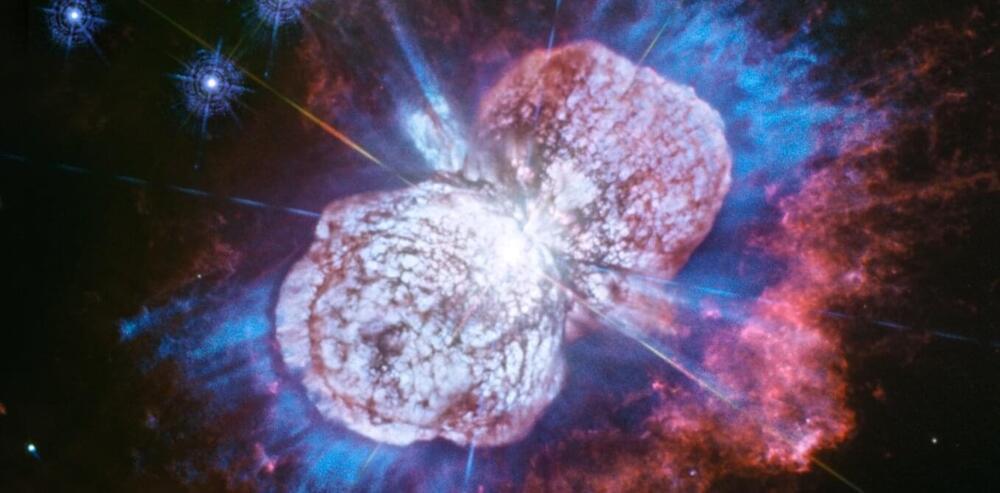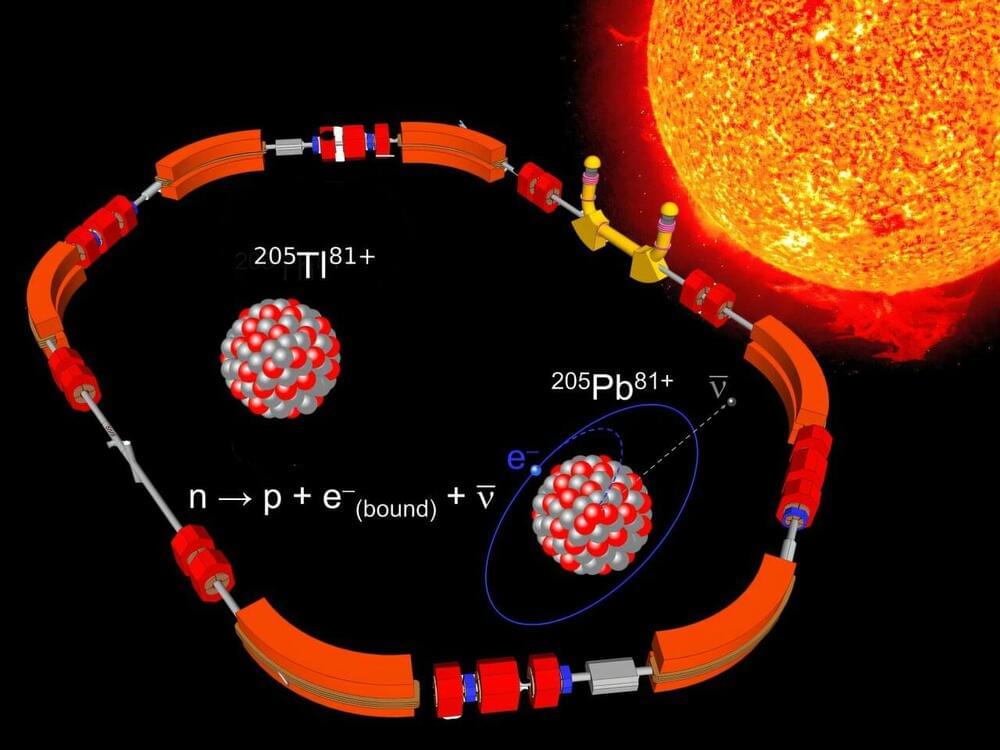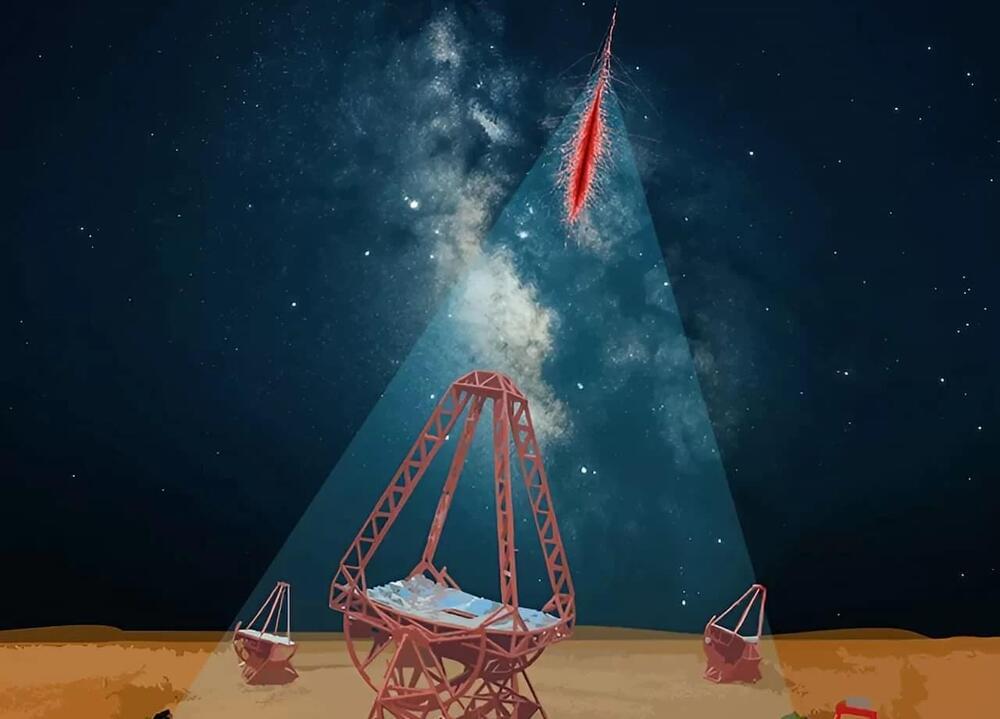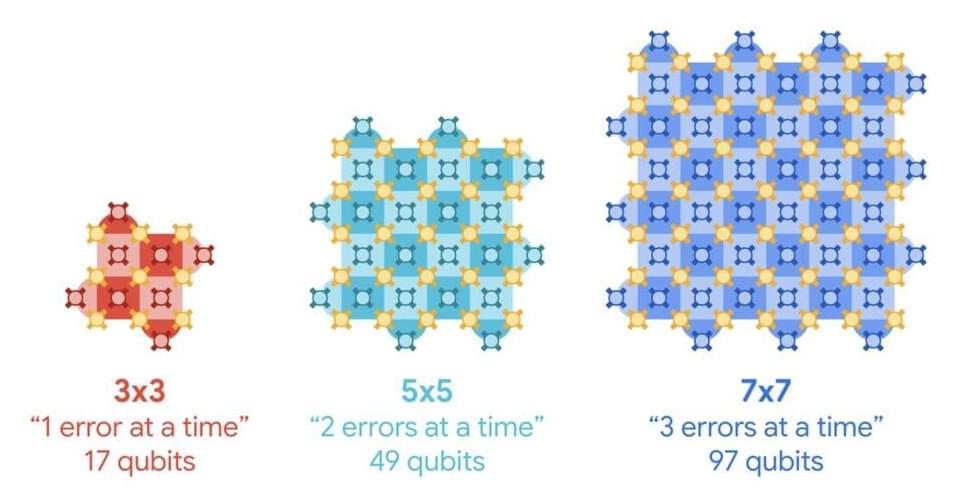A New Zealand-based company just took one step closer to creating a working nuclear fusion reactor, Interesting Engineering reported.
Category: nuclear energy – Page 13
Fusion energy research is being pursued around the world as a means of solving energy problems. Magnetic confinement fusion reactors aim to extract fusion energy by confining extremely hot plasma in strong magnetic fields.
Its development is a comprehensive engineering project involving many advanced technologies, such as superconducting magnets, reduced-activation materials, and beam and wave heating devices. In addition, predicting and controlling the confined plasma, in which numerous charged particles and electromagnetic fields interact in complex ways, is an interesting research subject from a physics perspective.
To understand the transport of energy and particles in confined plasmas, theoretical studies, numerical simulations using supercomputers, and experimental measurements of plasma turbulence are being conducted.
Stars are born, live and die in spectacular ways, with their deaths marked by one of the biggest known explosions in the universe. Like a campfire needs wood to keep burning, a star relies on nuclear fusion—primarily using hydrogen as fuel—to generate energy and counteract the crushing force of its own gravity.
But when the fuel runs out, the outward pressure vanishes, and the star collapses under its own weight, falling at nearly the speed of light, crashing into the core and rebounding outward. Within seconds, the star is violently blown apart, hurling stellar debris into space at speeds thousands of times faster than the most powerful rocket ever built. This is a supernova explosion.
Astronomers aim to understand what types of stars produce different kinds of explosions. Do more massive stars result in brighter explosions? What happens if a star is surrounded by dust and gas when it explodes?
The sun, the essential engine that sustains life on Earth, generates its tremendous energy through the process of nuclear fusion. At the same time, it releases a continuous stream of neutrinos—particles that serve as messengers of its internal dynamics. Although modern neutrino detectors unveil the sun’s present behavior, significant questions linger about its stability over periods of millions of years—a timeframe that spans human evolution and significant climate changes.
Finding answers to this is the goal of the LORandite EXperiment (LOREX) that requires a precise knowledge of the solar neutrino cross section on thallium. This information has now been provided by an international collaboration of scientists using the unique facilities at GSI/FAIR’s Experimental Storage Ring ESR in Darmstadt to obtain an essential measurement that will help to understand the long-term stability of the sun. The results of the measurements have been published in the journal Physical Review Letters.
LOREX is the only long-time geochemical solar neutrino experiment still actively pursued. Proposed in the 1980s, it aims to measure solar neutrino flux averaged over a remarkable four million years, corresponding to the geological age of the lorandite ore.
Researchers at the U.S. Department of Energy’s (DOE) Argonne National Laboratory have developed and demonstrated an innovative set of methods to evaluate long-term aging in real-world battery cells. The methods, described in a recent paper, are based on a phenomenon called nuclear magnetic resonance (NMR), commonly used in medical imaging. This is the first-ever NMRspectroscopy capability that can track in fine detail how the chemistry of commercial pouch battery cells evolves over years of operation.
Argonne develops a novel method that uses nuclear magnetic resonance spectroscopy to characterize the chemical evolution inside battery cells over years of operation.
Google has unveiled a quantum computing chip, “Willow,” capable of performing tasks in minutes that would take supercomputers 10 septillion years. This breakthrough in error correction marks a significant step towards practical quantum computing, with potential applications in drug discovery, fusion energy, and climate change solutions.
Google on Monday showed off a new quantum computing chip that it said was a major breakthrough that could bring practical quantum computing closer to reality.
A custom chip called “Willow” does in minutes what it would take leading supercomputers 10 septillion years to complete, according to Google Quantum AI founder Hartmut Neven.
“Written out, there is a 1 with 25 zeros,” Neven said of the time span while briefing journalists. “A mind-boggling number.”
The universe is a stage filled with extreme phenomena, where temperatures and energies reach unimaginable levels. In this context, there are objects such as supernova remnants, pulsars, and active galactic nuclei that generate charged particles and gamma rays with energies far exceeding those involved in nuclear processes like fusion within stars. These particles, as direct witnesses of extreme cosmic processes, offer key insights into the workings of the universe.
Gamma rays, for instance, have the ability to traverse space without being altered, providing direct information about their sources of origin. However, charged particles, known as cosmic rays, face a more complex journey. When interacting with the omnipresent magnetic fields of the cosmos, these particles are deflected and lose part of their energy, especially high-energy electrons and positrons, referred to as cosmic-ray electrons (CRe). With energies surpassing one teraelectronvolt (TeV)—a thousand times more than visible light— these particles gradually fade away, complicating the identification of their point of origin.
Detecting high-energy particles such as CRe is a monumental task. Space instruments, with their limited detection areas, fail to capture sufficient particles at these extreme energies. On the other hand, ground-based observatories face an additional challenge: distinguishing particle cascades triggered by cosmic-ray electrons from the far more frequent ones generated by protons and heavier cosmic-ray nuclei.
Google Quantum AI announced that it is moving past the Sycamore era and taking another leap down its roadmap with the introduction of the 105-qubit Willow, a new quantum chip that has achieved a milestone in computational power and error correction, marking a major step toward large-scale, commercially viable quantum computing.
The team, which published their findings in Nature, is also eyeing a quantum device that overcomes the limitations of errors and offers real-world solutions to tough problems, the ultimate destination as they progress along their roadmap.
“The mission of the Google quantum AI team is to build quantum computing for otherwise unsolvable problems,” said Hartmut Neven, a vice president of engineering at Google and founder and manager of the Quantum Artificial Intelligence lab, at a recent roundtable about the new milestone.” So what problems do we have in mind? The first applications will be modeling and understanding systems where quantum effects are important. So that’s the case for common drug discovery, understanding and designing nuclear fusion reactors, bringing down the enormous energy costs of fertilizer production. But it then extends to multiple other areas, such as quantum machine learning.”
Scientists from the Longevity Research Institute (LRI), which was formed by the merger of SENS Research Foundation and Lifespan.io, have achieved expression of an essential mitochondrial gene in the nucleus and proper functioning of the protein. This could pave the way for curing diseases caused by mitochondrial mutations [1].
The fragile mitochondrial DNA
The prevailing scientific consensus is that mitochondria were once independent microorganisms that entered a symbiotic relationship with larger cells. This duo gave rise to eukaryotic cells: the building blocks of all multicellular life. Without that fateful “marriage,” complex life would not exist, as mitochondria provide cells with essential energy via oxidative phosphorylation.
